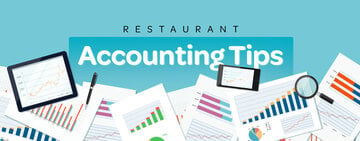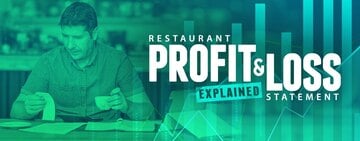Counterfeit Detector Pens
Counterfeit pens are a great starting point because they are easy to use. However, this type of detector will not work on bleached bills. As a standard method of counterfeiting, bleached bills have a lower denomination's printing bleached off, then are re-printed with a higher denomination.
How it Works: Use an iodine-based ink that reacts with starches contained in wood. The ink remains clear or slightly yellow for genuine bills but turns dark for counterfeits.
Tests For: Correct paper
UV Lights
UV lights are also inexpensive and easy to use. Simply shine the light over the paper to spot invisible security features like watermarks or hidden markings.
How it Works: Used to show the security threads, ribbons, and watermarks in money or markings on customers' IDs.
Tests For: Security threads, watermarks, hidden markings
UV Light and Counterfeit Pen Combos
A UV light and counterfeit pen combo allows you to test both the paper and invisible security features. This dual checker reduces the risk of a counterfeit slipping through the cracks.
How it Works: Has a pen on one end and a UV light on the other to test currency paper, security threads, and watermarks at once.
Tests For: Correct paper, security threads, watermarks
UV Light Systems
UV light systems are more complex than standard UV lights, but they detect the same things. However, they are designed specifically to test bills, so they have more accuracy.
How it Works: Features a UV light set in a base with indicators to show where security threads should be. Place a bill on the light to see if the security thread lines up correctly and glows the correct color.
Tests For: Security threads, watermarks
Currency Counter and Detector
For businesses bringing in high volumes of cash, a currency counter and detector is the safest option to quickly process a large number of bills. This machine counts your money and weeds out any counterfeits simultaneously.
How it Works: Most models use UV, magnetic, and infrared technology to find counterfeits.
Tests For: Security threads, magnetic ink, size
Magnifying Glasses
If you don't have options available, a magnifying glass works well in a pinch. It provides a closer view of bills for visible errors that could point to a counterfeit, but it relies on your staff knowing what flaws to identify.
How it Works: Allows you to look for errors in the printing of the bill, like the presence or absence of microprinting. They can also make it easier to read serial numbers.
Tests For: Printing errors, microprinting








